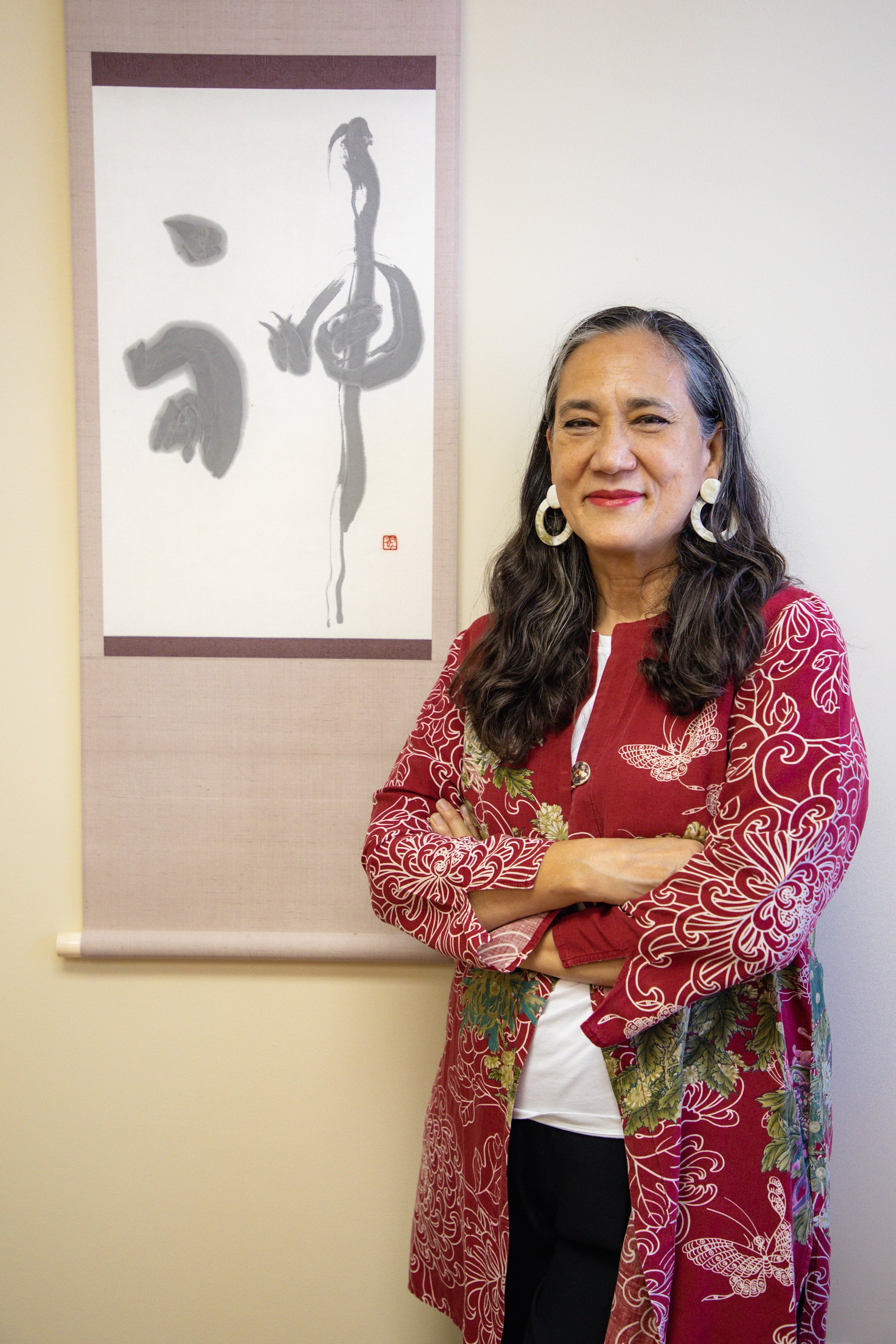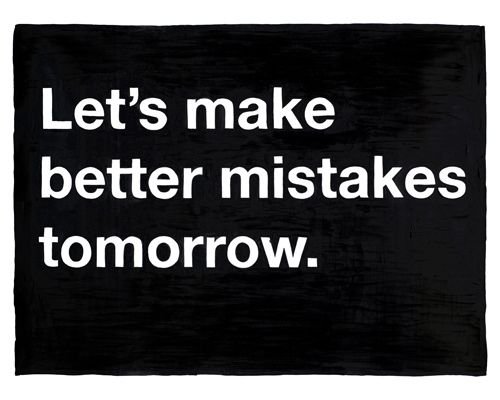Daruma: The Third Bodhisattva of Finance
Dear Friends,
Being an impulsive person not prone to processing my feelings, I am naturally inclined to take action, sometimes for all the wrong reasons.🤣
But being entrusted with other people’s billions taught me many lessons about taking right action.
This newsletter is a doozy but stick with it for a surprise g̶i̶f̶t̶ bribe.
The TLDR:
Daruma is a bad ass
Action does not beget linear unbroken progress
Calculate the range of outcomes, not a single point outcome
Separate process from outcome
Make better mistakes tomorrow
Inaction is a form of action
As a bonus, my buddy Suzanne Highet, CFP & CFA added her two cents to Michael’s question last week about knowing when you have enough to retire. You’ll find it at the end of this letter.
Thank you for giving me the gift of your attention, and please spread the word.
🙏🏼 In gratitude,
Mariko
I named my institutional money management after Daruma, the founder of Zen Buddhism. He’s my favorite Bodhisattva, mostly because he was a bad-ass.
A 6th-century Indian monk who introduced Buddhism to China, he became the stuff of legends:
He scolded the Shaolin monks for being book smart but real-world stupid and shooed them out from behind the monastery walls. But first, he taught them kung fu so they could defend themselves against bandits.
He spoke truth to power, telling off Emperor Wu of Liang:
Emperor Wu: "How much karmic merit have I earned for ordaining Buddhist monks, building monasteries, having sutras copied, and commissioning Buddha images?"
Bodhidharma: "None. Good deeds done with worldly intent bring good karma, but no merit."
He crossed the Yangtze river on a leaf, cut off his eyelids so as not to fall asleep while meditating continuously for nine years, and was spotted three years after his death walking in the mountains, dangling a sandal slung over his shoulder – the other was found in his grave.
He’s the bad boy of Buddhism and I’m in love with him.
In Japan, Daruma is a good-fortune-brought-on-by-hard-work life hack. You’ll find red papier-mâché roly-poly Darumas that bounce back when you tip them over everywhere. It’s a New Year’s tradition to fill in one eye and commit to a goal, one that requires focused badassery, like passing exams or finishing a marathon.
As you work towards your goal, keep the Daruma doll nearby as a reminder of your promise to yourself. When you succeed, fill in the eye with a flourish.
Daruma is the patron saint of yet-to-be-met goals.
That Daruma represents the good fortune that comes from taking action stems from his koan “Seven times down, eight times up.” To me, this is not just about dusting yourself off and coming back swinging but learning something from each setback.
Action does not create linear, unbroken progress.
Taking action requires risk and begets uncertainty. And for those of you who try to avoid all that risk-taking by doing nothing, know that inaction is a form of action. There is no escape from risk and uncertainty. More on this later.
But – and this is an important but – if you learn from your failures, you will accrue wisdom far greater than the sum of your setbacks.
Nothing provides a fucking growth opportunity more than losing money.
Failure (a.k.a. losing money) is an occupational hazard for the professional investor. As a pro, if you’re right slightly more often than you’re wrong, and you make more money when you’re right than you lose when you’re wrong, you’re a champ.
Ask me how I know.
Four key concepts to create fearless and joyful action follow. I’ve distilled my 30+year career on Wall Street so you can take the leap needed to build your wealth, run your business like a boss, and stay sane even when you’re losing money.
1. Calculate the range of outcomes, not a single outcome.
Hyperfocused on the one perfect outcome you want? That prevents you from seeing even better possibilities. It’s false precision, especially lethal in investing. Because reality, in all its complexity, really doesn’t give a fuck about your precise calculations.
So, as the pilots say, pull the stick up and take a broader perspective. List all the ways it could go down:
The best
The worst
The most likely
The least likely
The one you most desire
By doing this, you’re tricking your brain into not getting too hung up on only one “good” outcome. You’ll be less tweaked when shit doesn’t break your way if you’re aware of the multiple possibilities. You’ve created neuroplasticity and resilience about the situation, so there’s no shock to shut your system down. Voilà! Peace of mind.
Thinking of a range of outcomes will teach you how to think probabilistically.
Risk aversion is encoded in your DNA because you are a mammal, not a supercomputer. If we frame a choice by what we stand to lose, we will act differently than when it’s framed by what we will gain, even if the odds are exactly the same.
You fear loss more than you desire gain.
But when you have a clear-eyed view that the odds of what you want will land somewhere between shitshow and miracle, you’re taking unbiased action. Being able to think probabilistically is crucial for step 2, the most important concept in this missive.
2. Separate process from outcome.
There’s a mountain of due diligence that went into my buying a stock:
talking to management, analysts, competitors, suppliers, regulators, etc.
Reading years of financials, proxy statements, presentation and conference call transcripts, etc.
Modeling the financials with sensitivity and scenario analyses
Crafting an investment thesis:
• New management has a cunning plan;
• A new law will create a tsunami of demand;
• A new product launch is finally getting traction.
There was a robust, thorough, thoughtful, and well-documented research process before we bought a stock.
And still, the outcome could be disastrous, no matter the research rigor. Knowing any outcome lies within a range of outcomes, you can see how the most perfect process in the world is capable of serving up shitty results.
Let’s be silly for a moment. Say there’s a
40% chance our thesis will unfold perfectly. 📈
20% chance that space junk falls on the factory and stops production for 6 months. Ruh roh. 🐕
10% chance the new product sells out & you’ve been too conservative in your estimates. 🍾
15% chance that Elon Musk trolls the company on Twitter. 🙄
5% chance the product gets recalled for making people break out in blue spots. 😱
10% chance that a competitor goes out of business, creating a sales bonanza.💰
If you had confidence that your process was solid, you would not make yourself nuts when your outcome sucked. There was always a possibility that it would.
You weren’t wrong. You were unlucky.
Being able to see that a lousy outcome was not always the result of a bad choice, just a possible bad fallout from a good choice, brings you peace of mind.
Focus on improving your process, not your outcome.
Congratulations, you are ready for the next step! 🙌
3. Make better mistakes tomorrow.
I hung this Mike Monteiro print in my office for inspiration. Being a professional investor is brutal. You’re wrong constantly. You always have underwater positions. You must be very resilient, or Mr. Market will crush your self-esteem.
But here’s the thing – every mistake, every setback, contains wisdom. They build up discernment and pattern recognition. And if you consciously seek to learn from your mistakes by thinking, “it’s no big deal, of course I’m going to make mistakes, just let me make a better class of mistakes tomorrow,” you have peace of mind.
When you assume you’re gonna make mistakes, you stop clutching your pearls every time it happens.
So let’s normalize lousy outcomes. Let’s welcome mistakes. Let us get knocked down 7 times and rise 8 times in the process. Let’s be badasses and embrace fearless action!
4. Inaction is action dodging responsibility.
Sure, sometimes you can wait out an unpleasant situation with no harm. Except for death, taxes, and the repo man – no one escapes those (well, not all three anyway).
The point is, doing nothing just means you’re outsourcing your sovereignty to the people around you and the universe at large as if you’re ocean garbage floating where the tides will take you.
Here are two tips to reclaim your power when you’re stuck.
Sometimes you’re paralyzed because you have two bad choices to decide between. If there’s truly no other option, hold your nose and flip a coin to decide what to do. And if you don’t like the result, that’s your inner-self telling you it likes the other choice better, so listen to its wisdom. Congratulations! You’ve now made a decision and now take action. The amount of energy you’ll release and the relief you’ll feel will be enormous.
Give yourself a deadline is another helpful tip for taking action when you’re frozen with indecision.
At Daruma, I had the 90-day rule. If a stock blew up, I had 90 days to make a decision to either back up the truck and buy or to puke it out of the portfolio. 90 days was enough time to do more research and decide.
If you got this far, you have Daruma-level ability to focus! Hit reply, and I’ll send you a Daruma surprise as a small prize in recognition of your stamina.
Action is both the easiest and the hardest part of cultivating your inner and outer riches. There’ll be lots more to talk about going forward about Jizo’s safety and acceptance, Manjusri’s clarity, and Daruma’s resilient action and how we manage our minds, our wealth, and our relationship to ourselves.
Cultivating Your Riches Q&A:
Suzanne Highet, CFP & CFA elaborates on my reply to last week's question.
•••
Q: How do you know when you have enough? (And why do I suspect that it has something to do with "you already have enough, no matter how much you have"?)
But seriously, you can't ignore it, but it feels like one assumption on top of another in retirement planning, so is there any relief to the concern absent gazillions in the bank?
My original reply:
I am not a Financial Planner, I just play one in a newsletter. 😆 So yes, “enoughness” is both a physical reality and a state of mind. There are actuarial tables, Monte Carlo simulations, tax tables, and social security estimates that a financial planner can use to come up with an answer that’s somewhere between a bread box and an elephant.🍞🐘
Suzanne's response:
Mariko is right that there is no amount of money that can eliminate worry, if one is prone to worrying. And there are folks living very joyfully, minute by minute on a shoestring. But let's have a numerical answer.
For more thoughts and ideas on financial intimacy, subscribe to my weekly newsletter Cultivating Your Riches.




